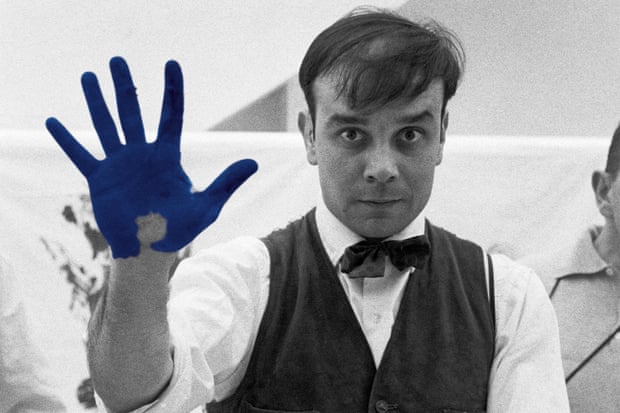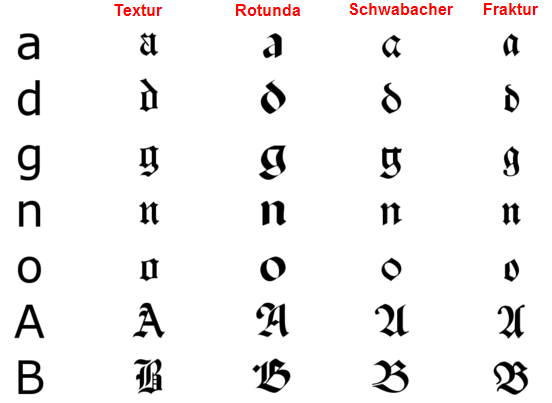After getting the first study task and briefed on what the module will be based around to start with I decided to get out around Leeds and do some primary research. I looked at the train station, in shops, out and about on the streets and at road signs. Each of the different way finding systems have a slightly different purpose, although they are all used to help people navigate their way and find specific things, they will be seen by and used by different people depending on where they are.
Here are some examples of signage in shops such as Next and John Lewis, I believe both of these shops are for everyone, all of their advertising and brand identity is quite neutral and suitable for people of all ages as well as gender. Therefore all of their way finding is in an easy to read sans serif type and shows consistent design.
Above are examples of way finding in Trinity shopping centre, as with the above shops this centre is used by everyone and the signage must be easy to follow. There is use of colour coding with the different floors to distinguish quickly what floor you are on. The signs include useful information such as where toilets, cash machines and cafes are; along with exits to streets.
The examples above show shops that have a smaller range of target audience, the majority of their advertising and brand identity is aimed towards the younger demographic. Therefore they can be a little more adventurous and creative with their way finding for example the use of neon lights and simple vinyl plastered on the wall, the signage is more decorative and fun as it doesn't have to necessarily be read by everyone or understood, however it is all still legible.
The signs in the train station are a very different story to those above, they have to be plain, easy to read and suitable for every demographic - they couldn't be more boring if they tried but this is their purpose. The use of arrows is a big part as people are inclined to follow them, and realise the signs are directions to be followed rather than just shop names etc.
I believe the road signs to be the most interesting of them all, they have to be quickly identified as people are driving, cycling and walking past, they can't include much text as there isn't time to read. In this manner I believe it to be the most successful way finding system I saw whilst out getting research. This is partly down to the same ones being used nationwide and anyone who can drive has to have a theory test including the signs, but none the less the use of circles, triangles and rectangles are effective.








































